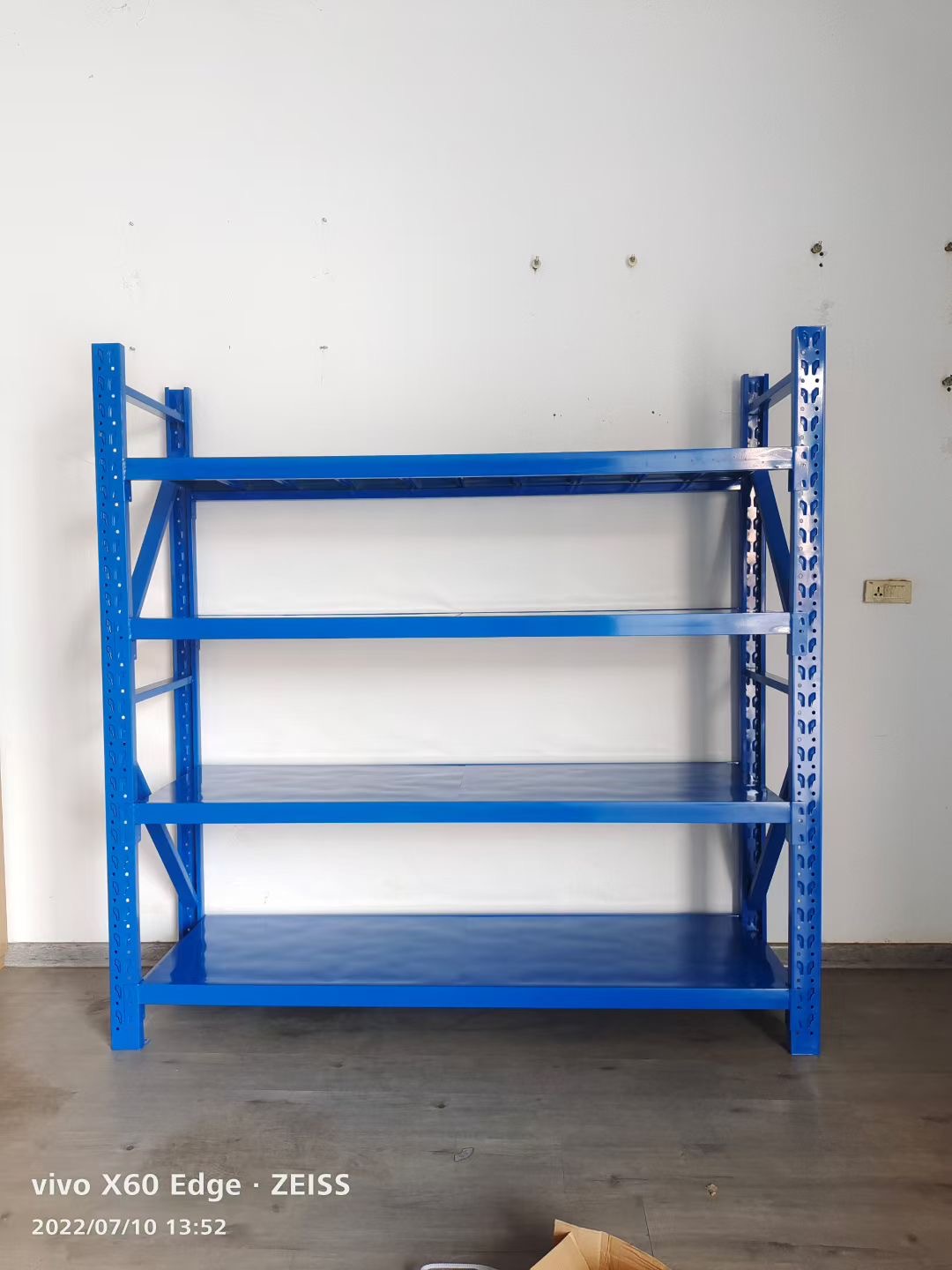Fabrics have played a significant role in human civilization, serving as a medium for self-expression, cultural identity, and artistic creativity. Among the vast array of fabrics available, three traditional fabrics stand out for their rich history, exquisite craftsmanship, and enduring popularity. In this blog post, we will delve into the fascinating world of these fabrics, exploring their origins, unique characteristics, and contemporary relevance.
- Silk: The Epitome of Luxury and Sophistication
Silk, often referred to as the "queen of fabrics," has captivated hearts for centuries with its lustrous sheen, smooth texture, and unparalleled elegance. Originating from ancient China, silk production was a closely guarded secret for many years. The intricate process of cultivating silkworms, extracting the delicate threads, and weaving them into luxurious fabrics has been passed down through generations.
Silk's natural properties make it a highly sought-after fabric. Its breathability, moisture-wicking capabilities, and hypoallergenic nature ensure comfort and health benefits. From luxurious evening gowns to delicate scarves, silk continues to be a symbol of opulence and refinement in the fashion industry.
- Wool: The Timeless Warmth and Versatility
Wool, derived from the fleece of sheep and other animals, has been a staple fabric in colder climates for centuries. Its insulating properties, durability, and versatility have made it a favorite choice for various applications. From cozy sweaters and blankets to tailored suits and carpets, wool offers unparalleled warmth and comfort.
Different types of wool, such as merino, cashmere, and alpaca, possess unique qualities that cater to different needs. Merino wool, known for its softness and moisture-wicking abilities, is popular in activewear and outdoor gear. Cashmere, obtained from the undercoat of cashmere goats, is renowned for its luxurious feel and lightweight warmth. Alpaca wool, sourced from the South American alpaca, is prized for its hypoallergenic properties and silky texture.
- Cotton: The Breathable and Versatile Essential
Cotton, the most widely used natural fiber worldwide, has been cultivated for thousands of years. Its softness, breathability, and versatility have made it a staple fabric in various industries, including fashion, home textiles, and medical applications. Cotton's ability to absorb moisture and regulate body temperature makes it ideal for warm climates and active lifestyles.
The versatility of cotton is evident in its numerous variations, such as organic cotton, pima cotton, and Egyptian cotton. Organic cotton, grown without the use of synthetic pesticides or fertilizers, appeals to eco-conscious consumers. Pima cotton, known for its extra-long staple fibers, offers exceptional softness and durability. Egyptian cotton, renowned for its luxurious feel and strength, is often used in high-end bedding and linens.
Conclusion:
The three traditional fabrics - silk, wool, and cotton - have stood the test of time, captivating us with their unique qualities and timeless appeal. From the luxurious allure of silk to the warmth and versatility of wool, and the breathable comfort of cotton, these fabrics continue to shape our fashion choices, home decor, and everyday lives. Embracing the rich heritage and craftsmanship behind these fabrics allows us to appreciate their beauty and significance in a world driven by innovation and change.





